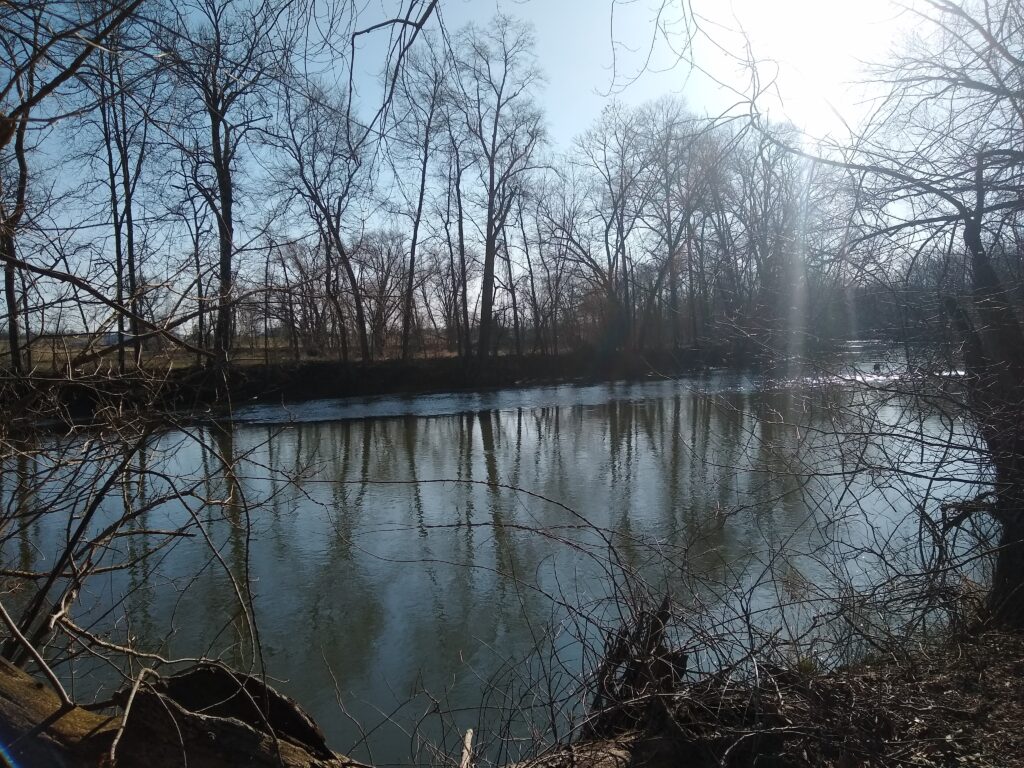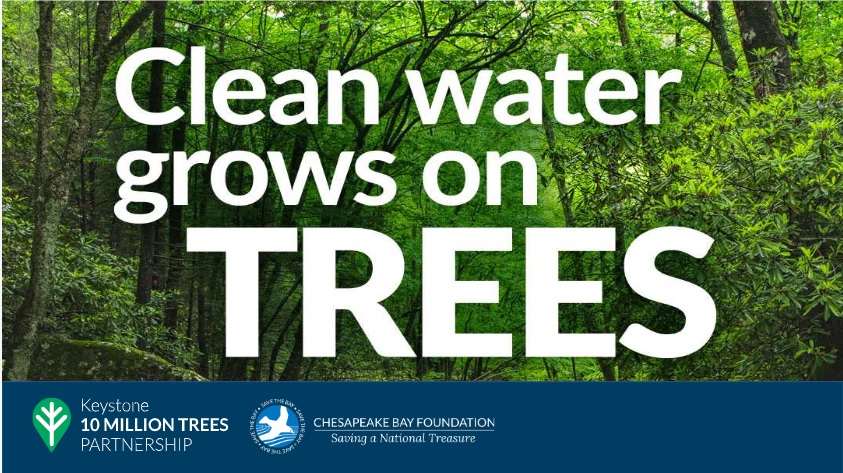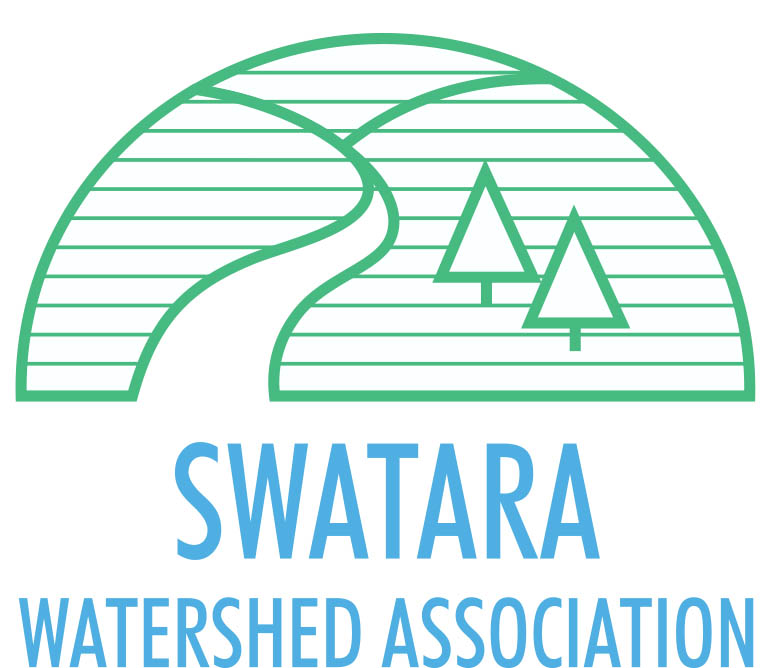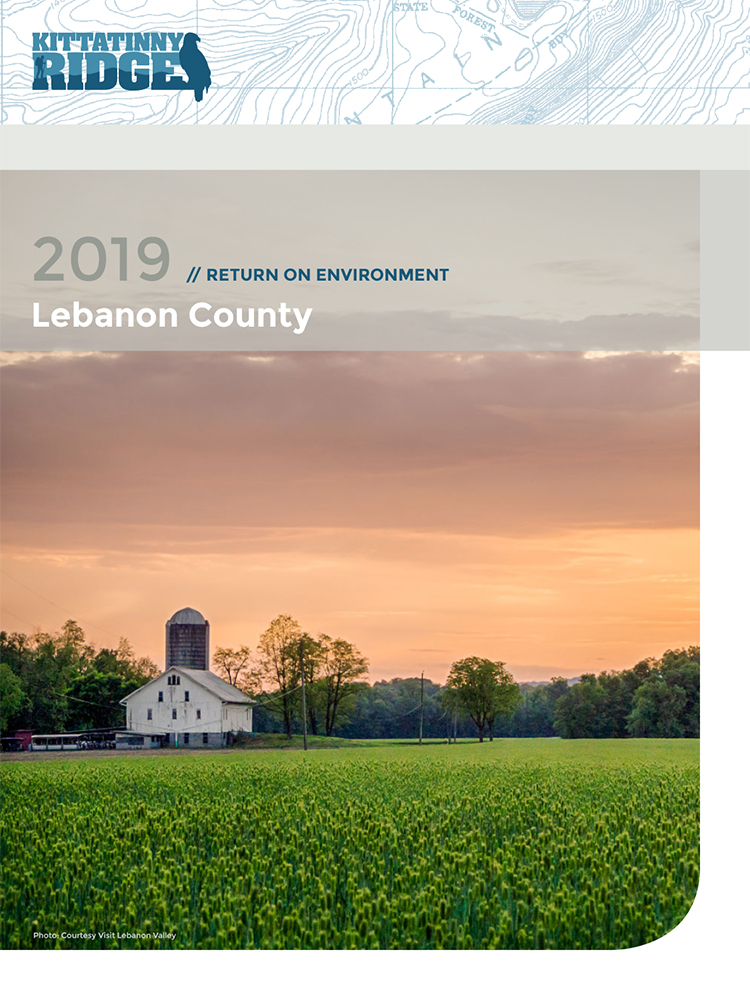
The Importance of the Swatara Creek
The 72-mile-long Swatara Creek is an historic navigable waterway
explored by Conrad Weiser and William Penn as early as the 1690s,
and played an important role in commerce by moving timber and coal to
market. Further, the Swatara supplied food such as American eels,
salmon, trout, and bass to early settlers. Also, the Union Canal
paralleled much of the Swatara Creek.
Today, the Swatara Creek is part of a national and statewide water
trail system, providing outdoor recreation and wellness activities for
canoeing and kayaking the 60-mile segment from Pine Grove in
Schuylkill County to Middletown in Dauphin County where it connects
to both the Susquehanna River and Captain John Smith Water Trails.
Approximately every seven miles, the Swatara Creek has a public
access, which also accommodates first responder search and rescue
efforts.
Further, three water companies—SUEZ Water, Pennsylvania
American Water, and the Lebanon Water Authority draw drinking
water for several hundred thousand residents of the Swatara
Watershed.
Next, farmers and businesses rely upon water from the Swatara
Creek for day-to-day operations and manufacturing processes. Two
notable examples are The Hershey Company and Swiss Premium Dairy.
Moreover, the constitution of the Commonwealth of Pennsylvania
guarantees the right of its citizens to have clean water. In the
interest of health and public safety, municipalities are charged with
providing that clean water.
Therefore, to maintain the integrity of the Swatara Creek,
municipalities have wisely created conservation areas and riparian
buffers, which help to protect the Swatara Creek as a valuable asset.
These areas function to control erosion, provide areas for wildlife,
and cool the Swatara Creek’s waters during their ultimate journey to
the Chesapeake Bay.
Together, our citizens, elected leaders, farmers, and business owners
share in the responsibility for protecting the Swatara Creek for this
and future generations.
Keystone 10 Million Trees Partnership

Since 2021, SWA has partnered with the Keystone 10 Million Trees Partnership to plant trees in the Swatara Creek Watershed. Trees provide many benefits to the watershed. They absorb nutrient runoff from lawns and farm fields before it can enter streams. They absorb and slow water runoff during rain events which helps with erosion of the soil and reduce flooding. When planted along the banks of streams as riparian buffers, trees help to stabilize the stream bank by holding the soil in place with their roots.
Keystone 10 Million Trees partnership is a program of the Chesapeake Bay Foundation which provides free trees and free or low cost supplies to partners (watershed groups, municipalities, educational groups etc.). The partners find land owners in need of riparian buffer plantings or forest establishment on their property. The partners then recruit volunteers to plant the trees.
If you or someone you know if interested in having trees planted on their property, please contact us via our contact form for more information. Plantings can be in urban or rural areas.
Return on Environment
Return on Environment (ROE) is the process of estimating the financial value of open space. Building on previous research, and using standard economic analysis techniques, ROE places a monetary value on green space and the ecosystem services those resources provide. Accounting for the value of trees, fields, forests, and streams in filtering our water, cleaning our air, mitigating floods and stormwater runoff, pollinating plants, and providing habitats and other environmental services is critical to thoughtful decision-making. ROE provides a method for incorporating the value of ecosystem services into discussions and policy decisions regarding land use and development. Also included in the valuation model are the impacts on individuals and property values. Opportunities for outdoor recreation result in decreased healthcare costs and properties are more valuable when they are in close proximity to open space.
Lebanon County
In 2019-20, the Swatara Watershed Association was pleased to host and coordinate meetings and photo shoots for a Lebanon County Return on Environment Study sponsored by the Kittatinny Coalition with support from the PA Department of Conservation and Natural Resources and Keystone Conservation Trust. The findings of this study expand our knowledge about the Kittatinny Ridge, and let us know the dollars and cents applied to our treasured natural features like trees and streams. Health, recreation, and outdoor experiences are in demand, and growing with Millennials coming of age. We hope you find the information in the following links helpful, enlightening, and beneficial to your planning processes.
Map of Lebanon Country ROE
https://wplan.maps.arcgis.com/apps/webappviewer/index.html?id=5ce76cdbca3945bead803b1a62a2ae7c
Dauphin County
In 2016, a Return on Environment study was conducted for Dauphin County.

